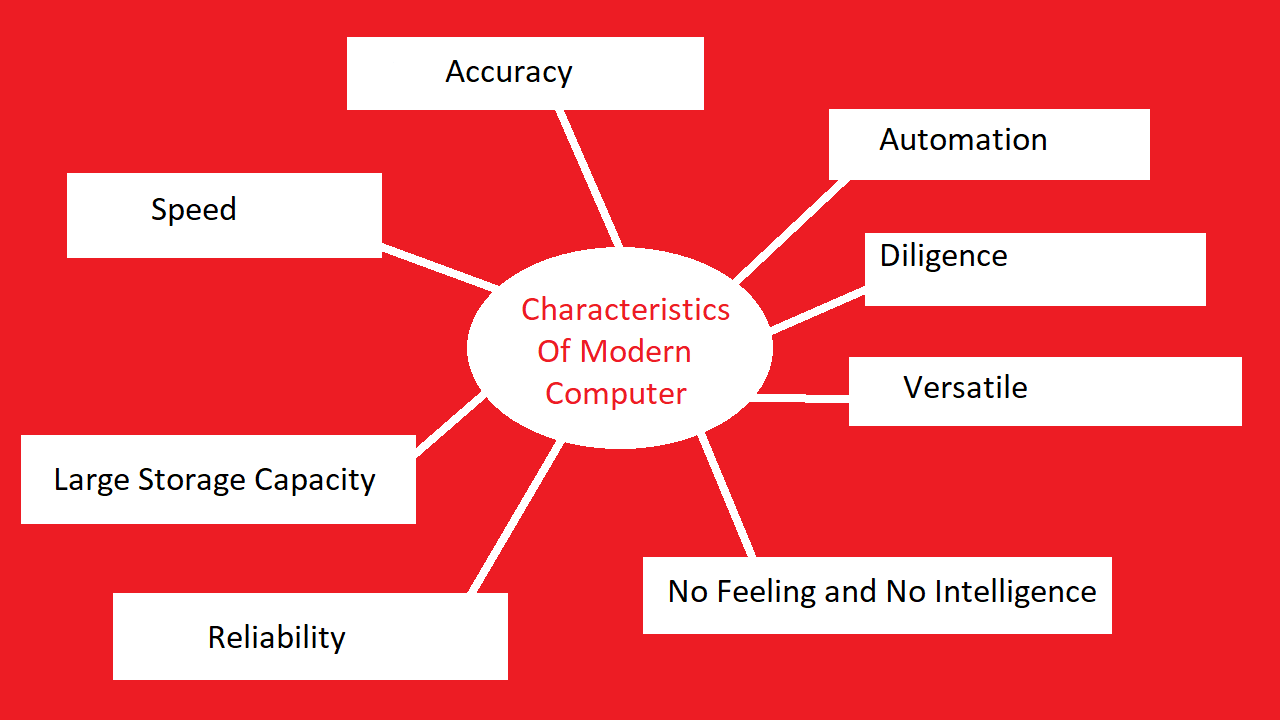What is ChatGPT? What are the Capabilities, Application and Impact of ChatGPT?
In recent years, advancements in artificial intelligence have transformed the way we interact with technology. One of the most remarkable developments in this field is ChatGPT, a powerful language model created by OpenAI. ChatGPT, based on the GPT-3.5 architecture, is designed to engage in meaningful conversations, understand human queries, and provide informative and contextually appropriate responses. In this blog, we will delve into the fascinating world of ChatGPT, understanding its capabilities, potential applications, and the impact it has on our daily lives.
Understanding ChatGPT:
ChatGPT is an AI-based language model trained to generate human-like text responses based on the given input. It builds upon the foundation of Generative Pre-trained Transformers (GPT) and is equipped with a vast amount of knowledge and linguistic patterns gathered from diverse sources on the internet. This knowledge enables ChatGPT to generate coherent and contextually relevant responses, making it an impressive conversationalist.
Capabilities and Applications of ChatGPT:
1. Conversational Assistant:
ChatGPT serves as a virtual assistant capable of providing information on a wide range of topics. From answering general questions to providing explanations or even discussing complex subjects, ChatGPT can engage in meaningful conversations and provide informative responses.
2. Language Learning:
With its language comprehension and generation abilities, ChatGPT can be an excellent tool for language learners. Users can practice conversational skills, ask questions about grammar or vocabulary, and receive feedback from ChatGPT to improve their language proficiency.
3. Content Creation:
Writers, bloggers, and content creators can leverage ChatGPT to overcome writer's block or generate new ideas. By providing a prompt or a starting point, ChatGPT can generate creative suggestions, brainstorm topics, or assist in drafting content.
4. Customer Support:
Many businesses utilize ChatGPT to enhance their customer support systems. By integrating ChatGPT into chatbots or virtual assistants, companies can automate responses to frequently asked questions, provide basic troubleshooting assistance, and improve overall customer satisfaction.
5. Personalized Recommendations:
ChatGPT's ability to understand user preferences and provide personalized suggestions makes it a valuable asset for recommendation systems. Whether it's recommending books, movies, or products, ChatGPT can analyze user preferences and generate tailored recommendations.
The Impact of ChatGPT:
ChatGPT has made significant strides in simulating human-like conversation and has sparked discussions about the implications of such advanced AI models. However, it is crucial to consider certain limitations and ethical concerns associated with ChatGPT and similar language models.
1. Bias and Misinformation:
Language models like ChatGPT learn from vast amounts of internet data, which can inadvertently perpetuate biases or propagate misinformation. Efforts are being made to address these issues by refining training data and implementing bias-detection mechanisms.
2. Responsible Use:
As with any powerful technology, the responsible use of ChatGPT is essential. Ensuring that it is utilized for constructive purposes, adheres to ethical guidelines, and respects privacy concerns is crucial to harness its potential for the betterment of society.
Conclusion:
ChatGPT represents a significant milestone in the realm of AI-driven conversational agents. With its remarkable language generation capabilities, it opens up a multitude of possibilities across various domains. From providing personalized assistance to aiding language learning, content creation, and customer support, ChatGPT has become a versatile tool for both individuals and businesses. However, it is essential to exercise responsible usage, address biases, and continuously improve the technology to ensure its positive impact. As AI continues to advance, ChatGPT stands as a testament to the remarkable progress in the field and offers a glimpse into the exciting future of human-AI interactions.
.png)











